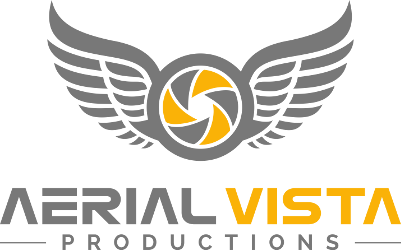FAA allows commercial operators to fly more easily in US
This morning the Federal Aviation Administration unveiled “Part 107,” a new set of rules to govern the use of drones by commercial operators. Before today any for-profit entity flying a drone — from real estate agents to farmers to photographers — had to have a pilot’s license. The updated regulatory framework replaces that license with a knowledge test and certificate specific to flying a drone — allowing companies a much cheaper, faster, and simpler path to getting in the air.
“This is a major development for the future of drones in America. It means that businesses and farmers and government agencies and academic researchers can put drones to work without having to get an airplane pilot’s license or follow other onerous rules. Those were pretty high barriers to entry,” said DJI spokesman Adam Lisberg. “Part 107 is a vote of confidence from the FAA that drones can be safely integrated into the national airspace, and that a wider adoption of drones for all sorts of non-recreational uses will bring real benefits to America.”
While this change will bolster the rapidly growing young industry, the new rules did not make room for any new kinds of autonomous flight. That means Amazon’s ambitious plan for drone delivery still wouldn’t be legal anywhere in the US. Operators are required to maintain a visual line of sight with the drone at all times and can’t operate more than one mission at a time. For drone delivery to make sense, a fleet of fully autonomous units would have to operate well beyond line of sight, with a single operator managing dozens or even hundreds of drones at once.
“This is a step in the right direction for the FAA. A number of industries can benefit from these rules the instant they go into effect, such as surveying, real estate photography, constructing, or cell tower inspection. The big one though, delivery, is definitely getting left out in the cold with these rules,” said Logan Campbell, the CEO of Aerotas. “All of the long-distance stuff will clearly still have to wait.”
The new rules keep the existing limitations that commercial drones may only fly during daylight, must stay below 400ft, and can weigh no more than 55 pounds. The new rules also establish a top speed of 100 miles per hour. Small drones will now be allowed to fly in sparsely populated areas without FAA approval, but must still work with air traffic control if they are planning to fly a mission over crowded airspace or above heavily populated areas. The rules also noted that an operator can fly a commercial drone without a certificate if they are supervised by someone who has been certified, opening up the possibility that multiple drones could be operated by a team with only a single certified operator who acts as an overseer.
“With this new rule, we are taking a careful and deliberate approach that balances the need to deploy this new technology with the FAA’s mission to protect public safety,” said FAA Administrator Michael Huerta. “But this is just our first step. We’re already working on additional rules that will expand the range of operations.”

